Horacio Pagani: Car People You Should Know
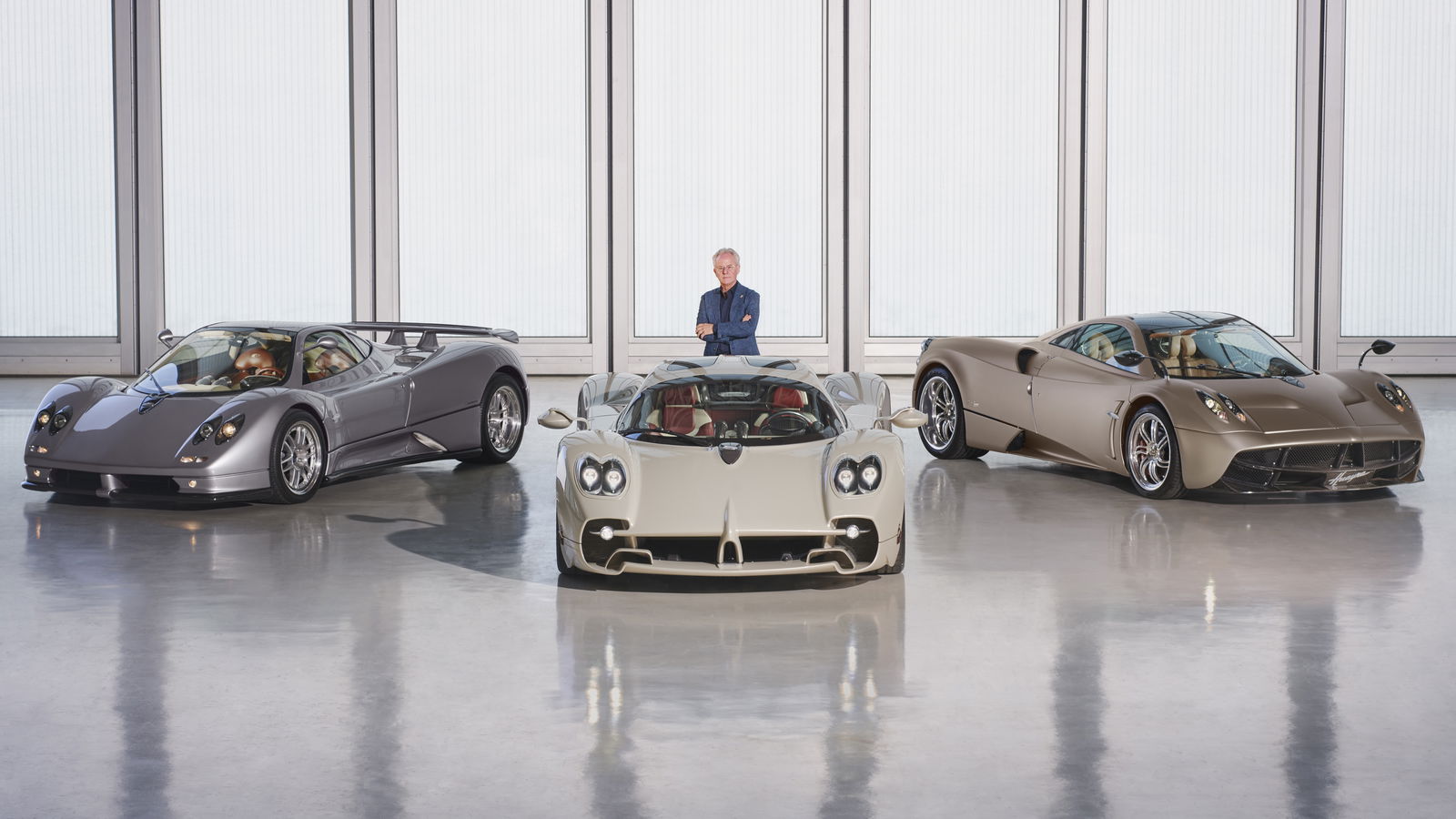
You probably know the name Pagani. It’s adorned some flat-out bonkers hypercars for more than 20 years now. But how much do you know about the man who gave his name to the brand and produced incredible machines like the Zonda, Huayra and Utopia?
Horacio Pagani's early years
Horacio Pagani was born in 1955, not in Italy, where his creations now come to life, but in the city of Casilda in Argentina to a family descended from Italians.
Casilda is technically a city, but in practice, it’s more of a small town – even today it’s home to just 35,000 people. From a young age, Pagani’s curiosity outgrew his relatively humble surroundings, and he was obsessed with cars.
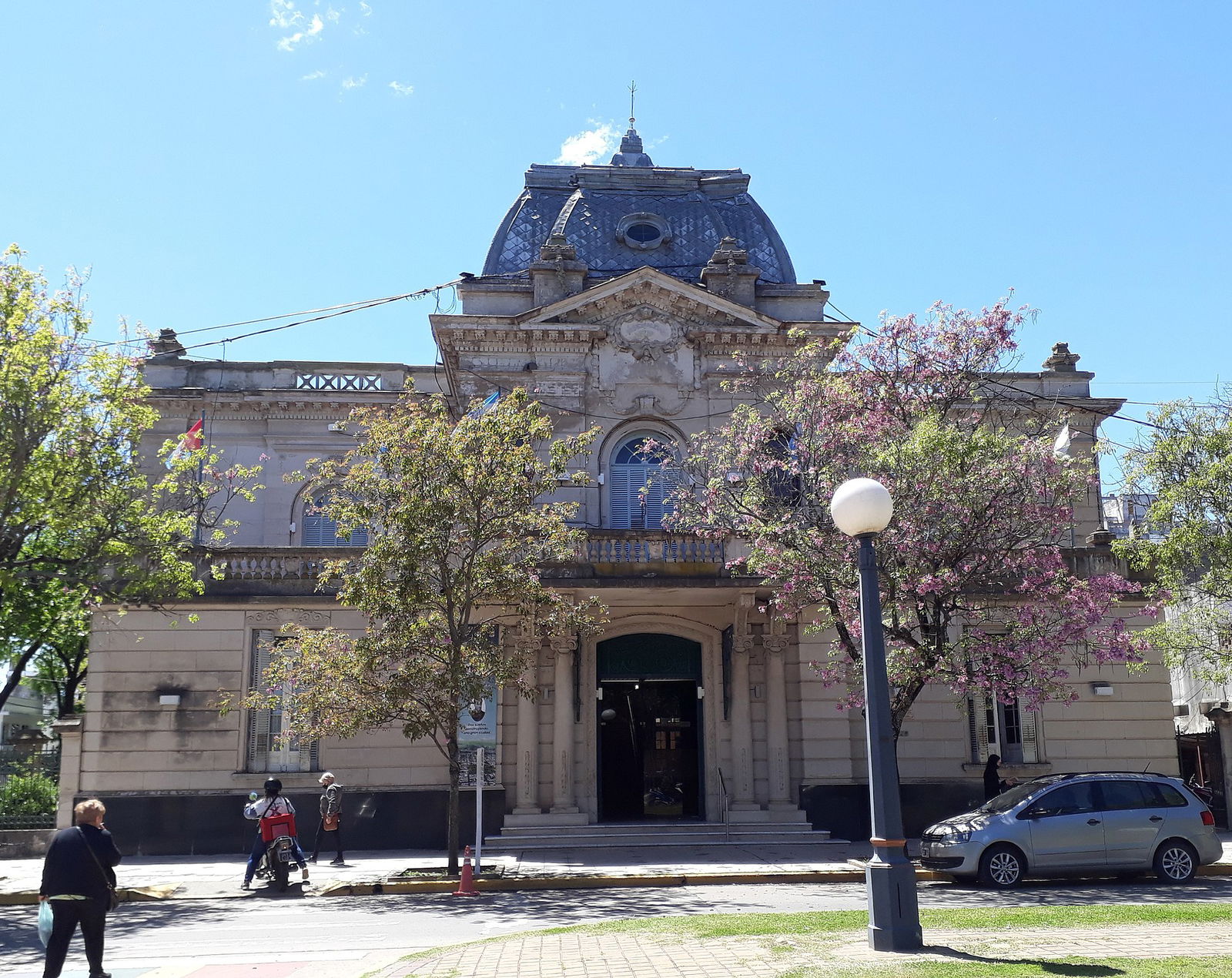
When he wasn’t cramming his brain full of facts from car magazines, or sketching the glamorous, aerodynamic machines of his dreams, he would hang out at the shop of a local modeller trying to discern the secrets of creating a realistic replica. Just about everything he did as a youngster revolved around the gathering of information in order to create the ultimate automotive masterpiece.
He also discovered the work of another curious soul from a bygone age – Leonardo da Vinci. The great Italian polymath also spread his interests across art, science, technology and design, and his resultant genius was a huge inspiration for young Horacio. To this day, he bases his way of working on the methods established by da Vinci – combining art and science with handmade philosophy.
The fascination grows
In 1971, at the age of 14, Pagani got his hands on an engine. Sure, it was a knackered old Sachs Televel unit, and it didn’t work, but together with his friend Gustavo, it resulted in his first project – a go-kart. Except that didn’t let them both have fun together, so it was ditched in favour of a new build – two minibikes.
Before he’d even finished high school, the young Pagani had built a car. It was no Huayra at this point, but a Dune-Buggie. This was a plastic body kit supplied by an Argentine company to fit over the frame of an existing car. Horacio procured himself a Renault Dauphine from a scrapyard, and after five months of graft, started turning heads in his bright red kit car on the streets of Casilda.
By 1974, 18-year-old Horacio was studying industrial design at university. Not even political unrest and the suspension of his course could dissuade him, and he moved to a mechanical engineering degree. However, as his academic efforts continued he realised that by studying, he wasn’t doing, and wasn't making anything substantial. He decided to abandon theory, and focus on reality, abandoning academia to rely on his self-taught expertise.
The enterprise
Pagani opened what he called his “factory”, a bustling complex of industry equipped with a corrugated iron roof and basic hand tools, with Horacio as the only employee. He wasn’t making cars at this point, he was making… well, whatever people wanted.
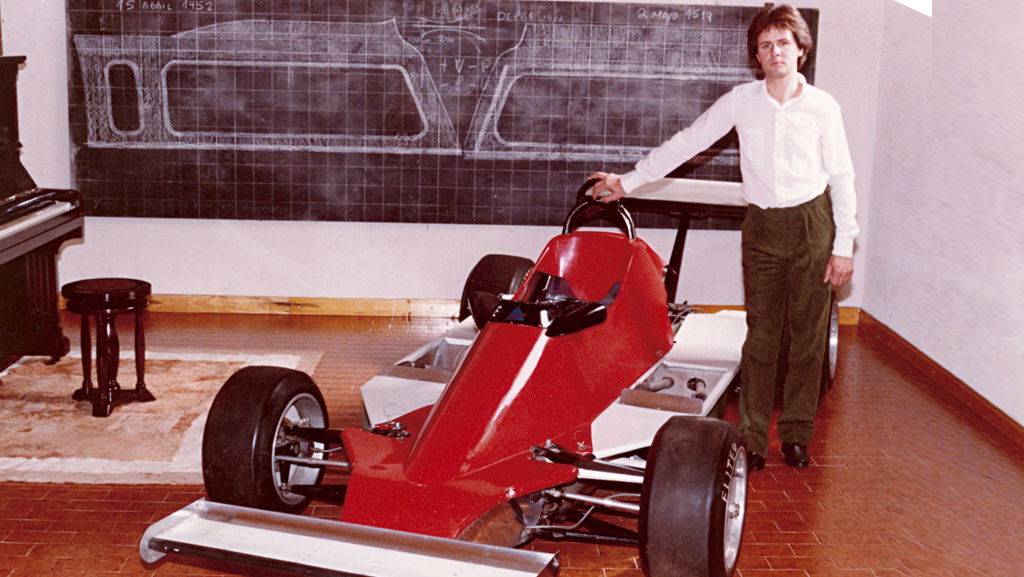
His first order was for some fairly ornate benches to be used at a bar, replete with footrests, fine leather and chrome plating. (Even today, Pagani has a division – Pagani Arte – that designs bespoke orders, from furniture to private jets.)
It wasn’t until 1978 that the first vehicle from Horacio Pagani Design made its first appearance. And it wasn’t a hypercar – it was a prototype caravan called the Alpine. After showing it at a trade show, he was inundated with orders for camper vans, pickup trucks and even a mobile radio studio. Pagani was still just 21.
Perhaps unsurprisingly, however, commercial vehicles and caravans weren’t Pagani’s passion. In 1979, a vehicle more befitting his passion appeared – a Formula 2 car. Built over a year and with around 5000 hours of work poured into it, it was designed and built before Pagani had ever been to a race – he designed it based solely on the regulations.
The finished car was presented in front of a special dinner of assembled race fans, entrepreneurs and members of the press, and attracted the attention of ace F2 driver Agustin Beamonte, who promptly signed a deal to race Pagani’s new creation. Speed had entered the Pagani business in spectacular fashion.
Pagani later claimed that “in essence, that was the first real Pagani,” and it gave him contacts with important motorsport figures, including Argentinian engineer Oreste Berta and the great F1 champion Juan Manuel Fangio.
The big switch
F2 didn’t pay the business bills, however, so Pagani continued to work on special orders at the workshop. But in the back of his mind, he wanted to move his dream on. Since he was young, he dreamed of building cars in Italy, and so armed with a list of European contacts and letters of recommendation from Fangio, Pagani took a trip across the Atlantic.
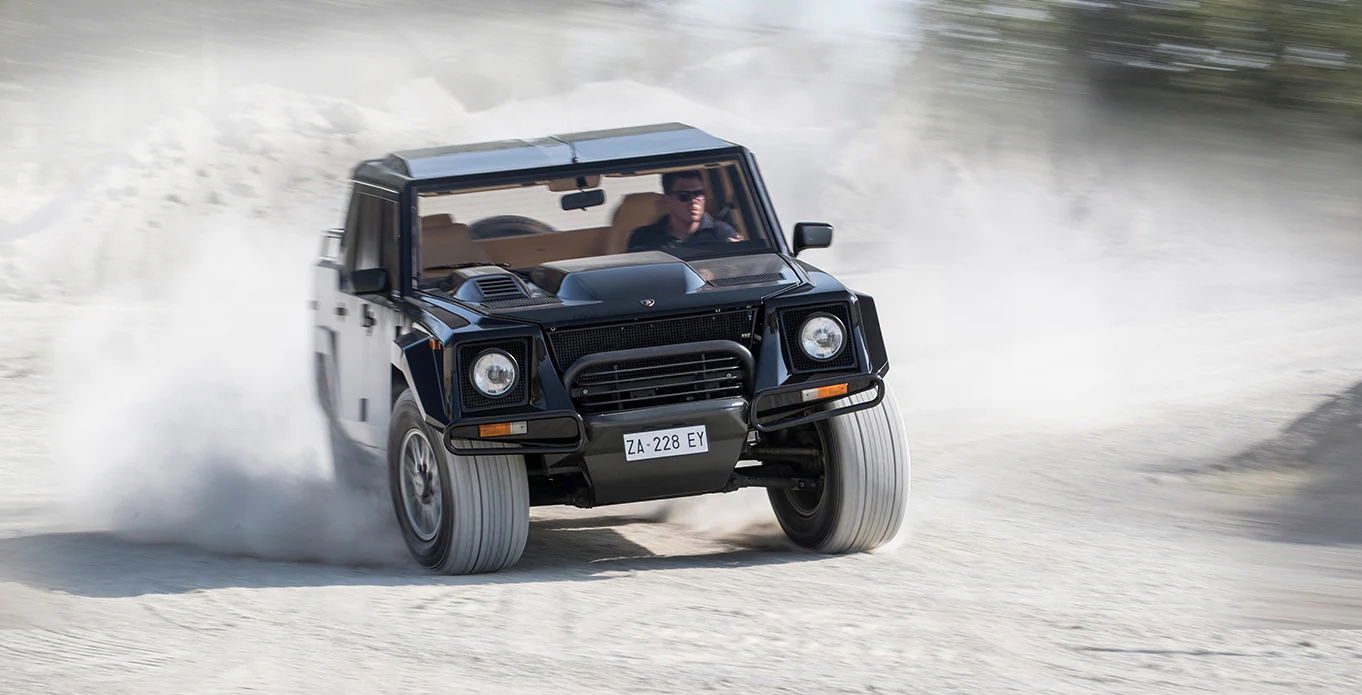
“Italy is recognised worldwide as being almost an open museum,” Pagani said in an interview with Carfection, “wherever you go, you find artistic expression. My dream was to come to Italy and work in Modena, to work in the world of supercars.”
On that trip in the early 1980s, Pagani made contacts. He met with racecar designer Gian Paolo Dallara and spoke to Lamborghini’s chief technical director, Guilio Alfieri. That conversation resulted in a job, and Pagani joined Lamborghini to work in the composites department at a relatively low level. But he credits it as a very positive and important time, working with colleagues he considered artisan craftsmen, at a time when Lamborghini was a small firm, far from the large, Audi-owned enterprise it is today.
Highlights of Pagani’s time at Lamborghini included creating the Countach Evoluzione (the world’s first all-carbon and Kevlar car) and being involved in the creation of the LM002 (above). His expertise with composites grew, but it didn’t always go smoothly – he had to lobby hard to get an autoclave for the Lambo factory, battling bosses who didn’t see the point. In the end, Pagani bought the autoclave with his own (borrowed) money.
By 1987, while still working for Lamborghini, Pagani had opened his own workshop to research composite materials and design. But within a few years, perhaps somewhat unexpectedly, the first Gulf War in 1991 changed things. Lamborghini was then owned by American carmaker Chrysler, and as the war put a strain on the economy, Chrysler went into a virtual lockdown and put a block on all development of composite projects.
The origins of Pagani
Unwilling to twiddle his thumbs, Pagani left Lamborghini. The time to create his own dream car had arrived. He now had a wealth of experience in designing high-performance cars from the ground up using cutting-edge materials, and he wanted to make one with his own name on the badge.
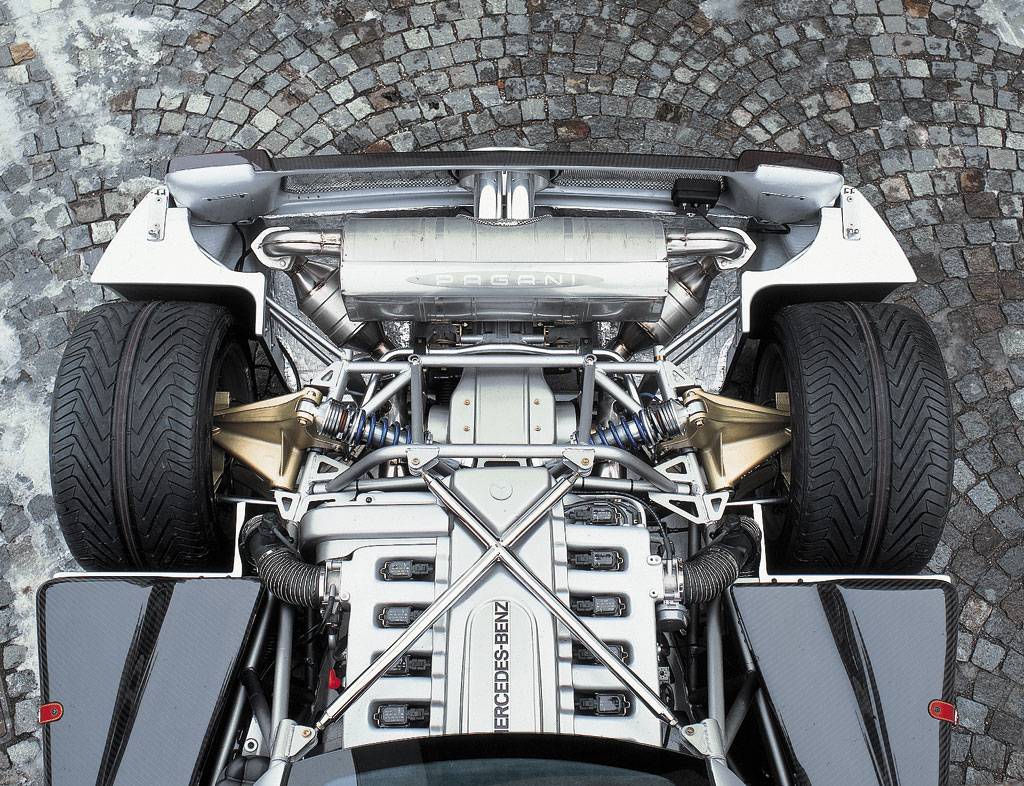
The project was called the Fangio, inspired by Pagani’s friendship with the great man. While he worked on it, Pagani embarked on projects alongside the likes of Ferrari and Dallara, but in the background the Fangio took shape. Its form took inspiration from Le Mans prototypes, the detail of luxury watches from Patek Philippe, the cutting-edge technology fighter jets and the beauty of Riva luxury boats. In tribute to Fangio, the car had to have a Mercedes engine and by the mid-1990s, Pagani had struck a deal with the German giant to supply units – a deal that continues in the Paganis of today.
Project Fangio had to be an incredible hypercar, but Pagani was determined that it should be safe and easy to drive, and above all communicative. This was again direct advice from Fangio himself, who warned Pagani not to ape the difficult-to-drive characteristics of racing sports cars.
After years of development, the car that emerged was no concept; it was ready to go. Unveiled in front of the world’s media at the 1999 Geneva Motor Show, Project Fangio was christened the Pagani Zonda. Beneath its exquisite composite skin was Mercedes’ M120 V12 engine, emblazoned with its maker’s three-pointed star, which immediately gave this new, exotic machine a credibility that other firms, swimming in a sea of fantastical would-be megacars, could not claim. Orders for the new car flooded in.
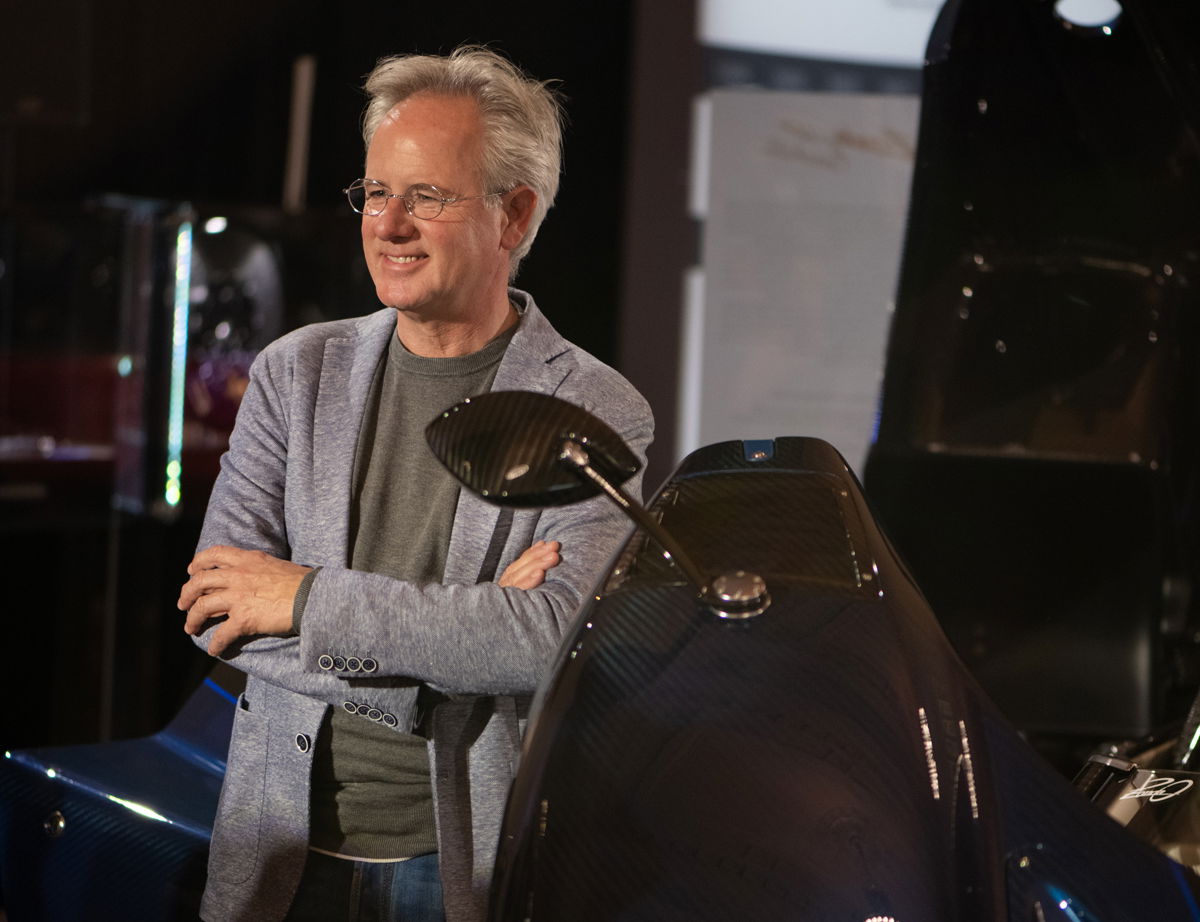
So many orders, in fact, that Pagani could afford to be selective. In the Zonda’s first year of production, less than 10 orders were accepted, in order to ensure that the cars could be delivered to Horacio’s exacting standards. The number was gradually increased, but demand far outstripped supply.
That demand didn’t exactly fall off when gushing media reviews flooded in, or when, in 2007 the Zonda R went to the Nurburgring and set a new lap record of 6min 47sec, proving once and for all that Horacio’s dream car was far more than just a pretty, sparkly toy.
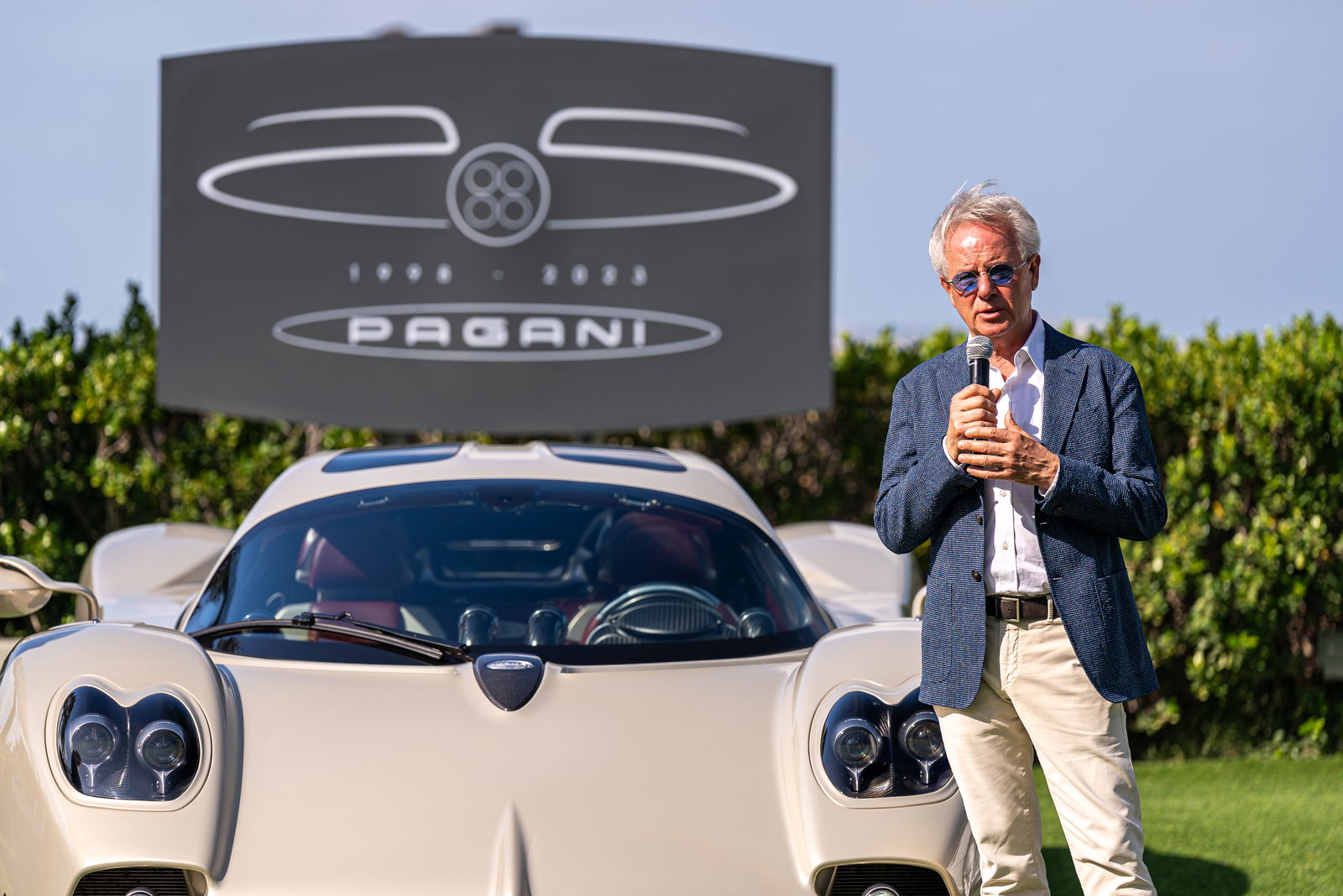
But what do you do once you’ve realised your dream and the world loves it? If you’re Horacio Pagani, you have more dreams. “You question something and begin to study it,” he told Carfection. “You come back to this idea again and again, you question what you’ve done to try and do better.”
This philosophy of continuous improvement led to various incarnations of the Zonda, rather than a churning of myriad new cars. Indeed, in more than 20 years, Pagani has only released three models: the Zonda, the Huayra from 2011 and a third model, the Utopia, from the end of 2023.
The future
While the Pagani brand is now renowned worldwide, the company remains small. Cars are made by hand, in small numbers. And the firm is very much a family affair now as Horacio prepares for the future of Pagani. His sons Leonardo and Christopher both work for their father (and yes, Leonardo is named after da Vinci). Now approaching 70 years of age, Horacio knows he can’t work forever, and wants the future of the brand to be in safe hands.
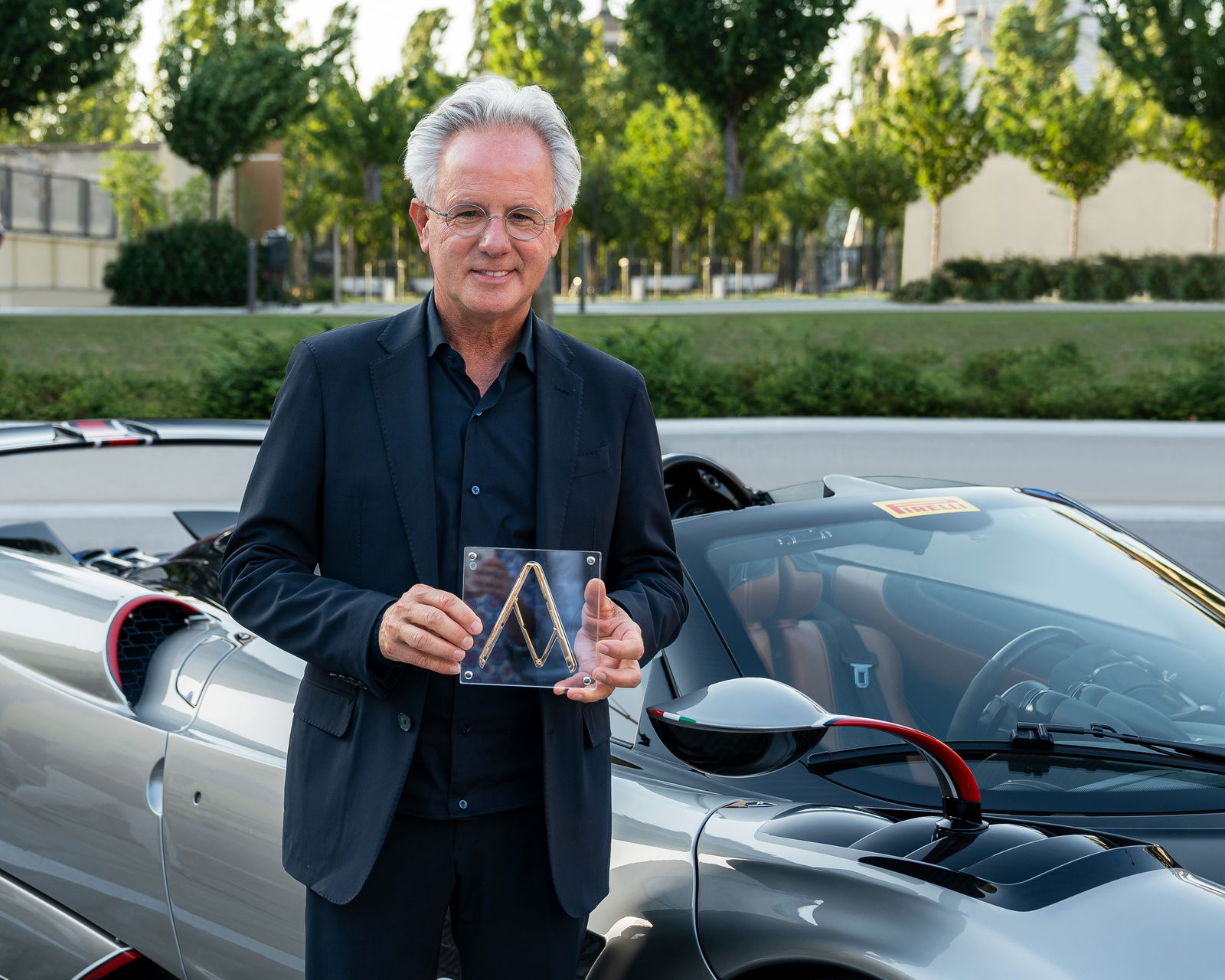
“There are some days when I would just like to stay at home with my dogs, enjoy the countryside and go out for a cycle,” he told Top Gear magazine in 2019. “[But] one of my greatest responsibilities is to build the conditions for the company continuing on its own.”
That said, he’s not hanging up his design hat quite yet – future projects he wants to finish include a real car based on a toy he carved from wood when he was 12. And he wants to design a collection of ladies’ handbags. Oh, and he wants to go to Milan to study the life of Leonardo da Vinci.
Somehow we suspect Horacio Pagani won’t ever have the quiet life he professes to occasionally crave. There’s just too much genius in his brain, waiting to spill out into the world.
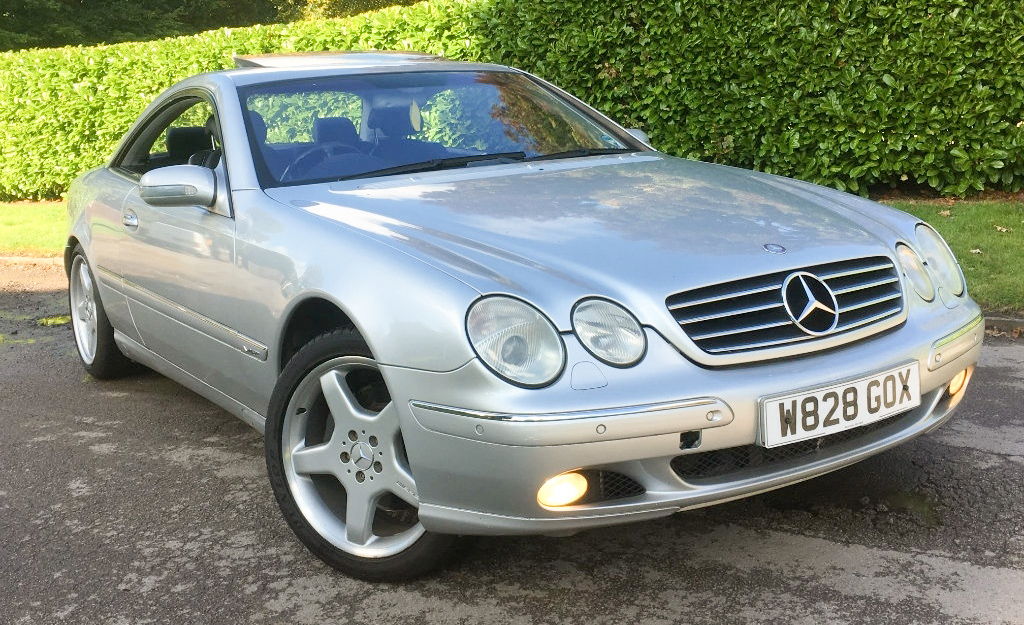

Comments
Nice ferraris
Whatever happened to the story of CVK? Eccellent post by the way.
Fantastic article Ali, Horacio Pagani is truly one of the greatest figures to ever grace the automotive world. Matt Robinson Kyle Ashdown ;))
Lamborghini l 30 was ugly
Wait, so is this an improvement of the older Pagani articles?
Fantastic..for the first time,I finished reading an article on CT XD… can’t wait for another parts.. Horacio is my idol and still better than cocky Enzo
Nice job AliMahfooz. Waiting to see the rest of the parts. Pagani really is a great inspiration. Speaking of inspiration, I’m going to make a meme soon on Pagani lol
The story of Pagani according to Jeremy Clarkson:
“A man in Italy had one too many espressos, told everyone that he was going to build a car that was as good and fast as a Lamborghini or a Ferrari. And did it.
Nice collaboration of interesting infos. Well done :)
People like Horacio Pagani makes me proud to be Argentinean
Pagination